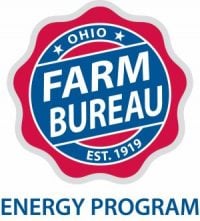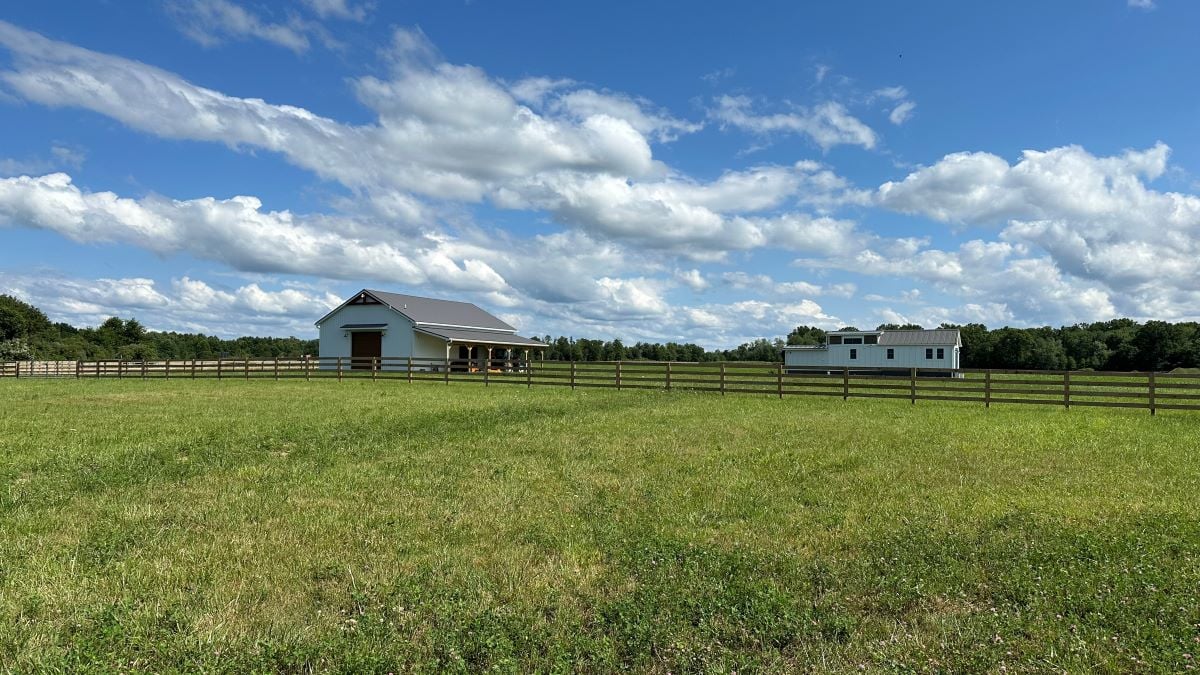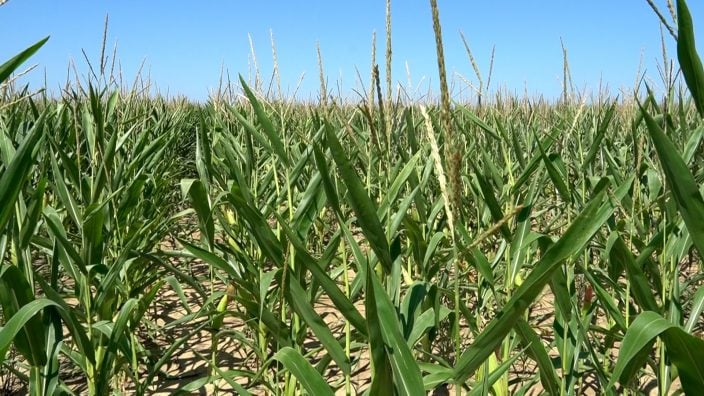Ohio Farm Bureau Podcast: Drought Assistance Through AgLINK and an Energy Outlook
The Ohio Treasurer’s office will be offering some much-needed assistance for counties most affected by the drought. Find out more on this Ohio Farm Bureau Podcast.
Read More





































